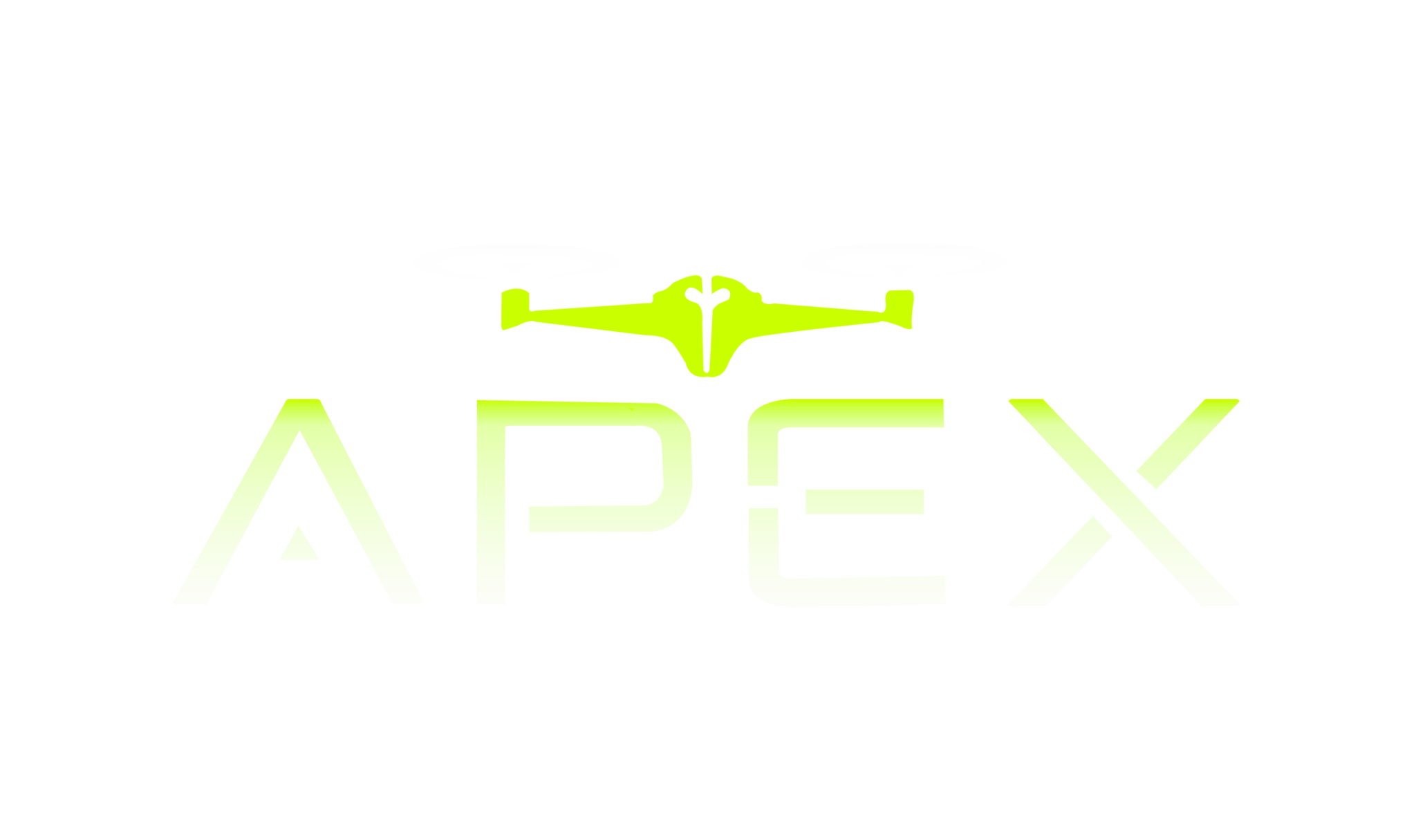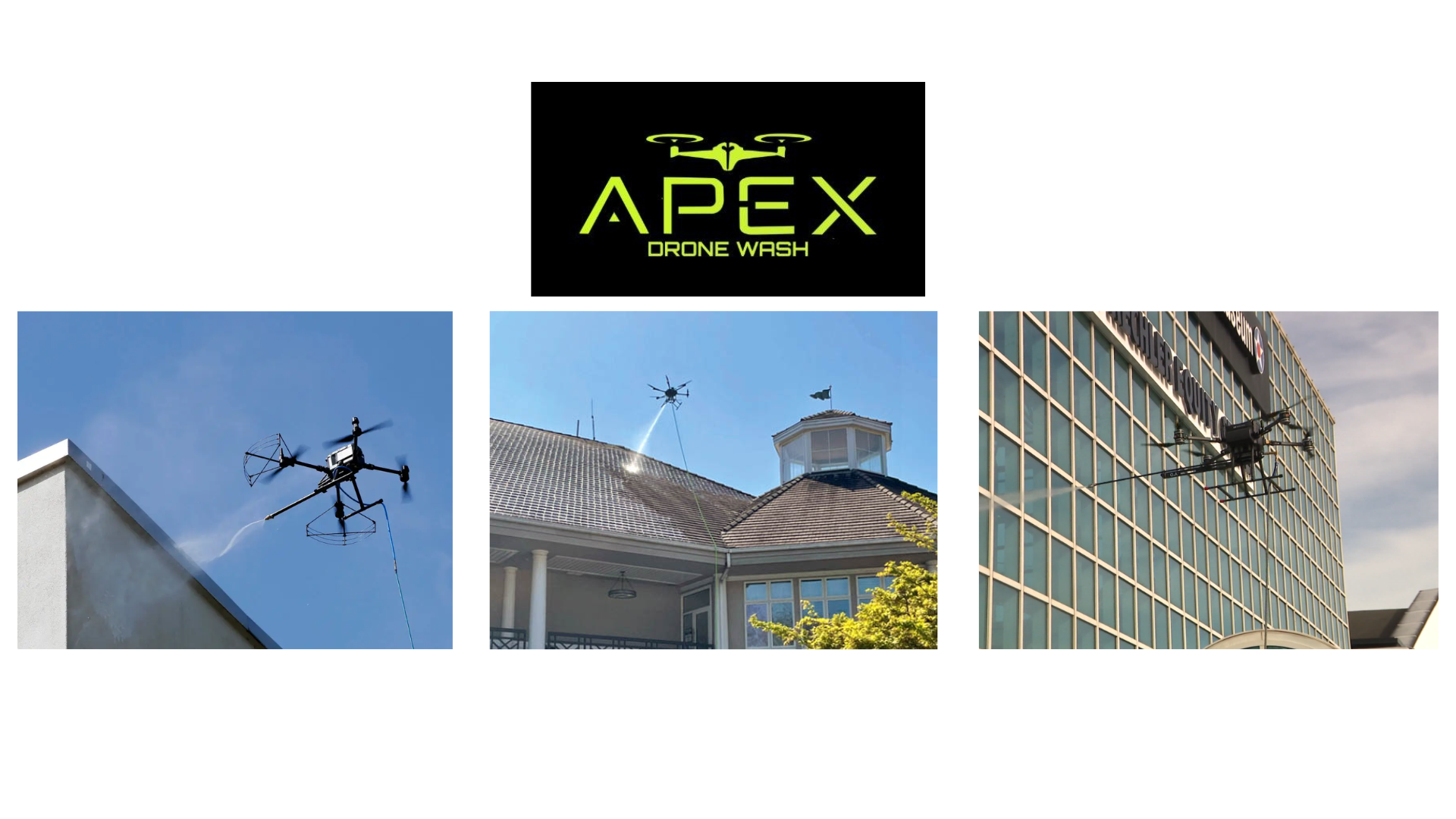In the evolving world of building maintenance, facade cleaning has seen significant technological advancements. At APEX Drone Wash, we’re pioneering the use of drone technology to revolutionize how building exteriors are maintained. This article compares traditional facade cleaning methods with our innovative drone-based solutions, examining the key factors of cost, efficiency, and safety that property managers and building owners should consider.
Traditional Facade Cleaning: The Conventional Approach
Traditional facade cleaning typically involves one of several methods:
- Scaffolding systems where workers manually clean with brushes and cleaning agents
- Rope access techniques with technicians suspended from the building’s roof
- Boom lifts or cherry pickers to elevate workers to required heights
- Water-fed pole systems operated from the ground for lower buildings
While these methods have been industry standards for decades, they come with significant challenges including setup time, labor costs, and inherent safety risks for workers operating at height.
Drone Cleaning: The APEX Drone Wash Advantage
Drone facade cleaning represents a fundamental shift in approach. Our specialized drones at APEX Drone Wash are equipped with:
- High-pressure water spray systems
- Customizable cleaning solution dispensers
- Advanced stabilization technology for precision cleaning
- High-definition cameras for real-time monitoring and documentation
This technology allows us to access areas of buildings that would be difficult, expensive, or dangerous to reach with traditional methods.
Cost Comparison: Drones vs. Traditional Methods
Traditional Cleaning Costs
- Equipment rental (scaffolding, lifts): $1,000-$5,000+ per week
- Labor: $25-$50 per hour per worker (typically requiring 2-4 workers)
- Insurance premiums: Higher due to elevated risk
- Permits and street closure fees: Often required for scaffold installations
- Total project duration: Typically 1-3 weeks for medium-sized buildings
APEX Drone Wash Costs
- Drone deployment: Fixed daily or project-based rate
- Minimal ground crew: Usually 1-2 technicians
- Reduced insurance costs due to minimized human risk
- Fewer or no permits required in most jurisdictions
- Total project duration: Often 2-5 days for comparable buildings
For a typical 10-story commercial building, traditional cleaning methods might cost $15,000-$30,000, while our drone cleaning services often range from $8,000-$15,000—representing potential savings of 40-50%.
Efficiency Analysis: Time and Resource Utilization
Traditional Methods Efficiency
- Setup time: 1-2 days for scaffolding installation
- Cleaning progress: Approximately 1,000-1,500 sq ft per day per worker
- Weather dependency: High vulnerability to wind and rain
- Building accessibility issues: Some areas may remain difficult to access
APEX Drone Wash Efficiency
- Setup time: Under 1 hour
- Cleaning progress: Up to 3,000-5,000 sq ft per day
- Weather adaptability: Can operate in moderate wind conditions
- Accessibility: Can reach virtually any exterior surface
Our drone systems can typically complete projects in one-third to one-half the time of traditional methods, minimizing disruption to building operations and occupants.
Safety Considerations
Traditional Cleaning Safety Concerns
- Worker falls and injuries (the leading cause of fatalities in the construction industry)
- Equipment failures
- Debris falling to pedestrian areas
- Workers exposed to harsh cleaning chemicals
APEX Drone Wash Safety Advantages
- No human workers at height
- Reduced ground-level personnel
- Controlled chemical application
- No heavy equipment installation required
- Minimal pedestrian exposure to operations
The elimination of height-related risks alone makes drone cleaning significantly safer, with workplace incident rates approximately 80% lower than traditional facade cleaning operations.
Environmental Impact
Traditional Methods
- Higher water usage (often 3-5 gallons per minute)
- Greater cleaning chemical consumption
- Fuel consumption for lifts and transport equipment
- Noise pollution from equipment
APEX Drone Wash Environmental Benefits
- Precision water application (1-2 gallons per minute)
- Targeted, minimal chemical usage
- Lower carbon footprint
- Reduced noise levels
Our drone systems typically use 40-60% less water and cleaning solutions compared to traditional methods, making them a more environmentally responsible choice.
Case Study: The Grand Tower Project
In 2024, APEX Drone Wash was commissioned to clean the 25-story Grand Tower office building in downtown. The project highlights the dramatic differences between approaches:
FactorTraditional EstimateAPEX Drone Wash ActualCost$42,000$18,500Time18 days6 daysWater Usage25,000 gallons9,800 gallonsStaff Required6 people2 peopleSafety IncidentsN/A0
When to Choose Each Method
While drone cleaning offers numerous advantages, certain scenarios might still call for traditional approaches:
Best for Traditional Methods:
- Historical buildings requiring specialized restoration
- Structures with extremely delicate facades needing gentle hand cleaning
- Buildings with overhanging architectural features that limit drone access
Best for APEX Drone Wash:
- Modern high-rise buildings
- Structures with difficult access points
- Buildings requiring frequent cleaning
- Properties where minimizing disruption is critical
- Projects with tight timelines
- Environmentally-conscious property managers
Conclusion: The Future of Facade Cleaning
While traditional facade cleaning methods remain viable for certain applications, drone technology represents the clear future of the industry. At APEX Drone Wash, we’re committed to providing cutting-edge solutions that reduce costs, increase efficiency, enhance safety, and minimize environmental impact.
For most commercial buildings, the advantages of drone cleaning are simply too significant to ignore. As drone technology continues to advance, we anticipate even greater capabilities, efficiencies, and cost savings in the coming years.
Contact APEX Drone Wash today for a free consultation and discover how our innovative drone cleaning solutions can transform your building maintenance operations.
Frequently Asked Questions
1. How effective is drone cleaning compared to manual cleaning?
Drone cleaning achieves comparable or superior results to manual cleaning in most scenarios. Our specialized drones are equipped with high-pressure spray systems that can remove stubborn dirt, bird droppings, atmospheric pollutants, and light stains. For particularly difficult stains or specialized surfaces, we offer hybrid solutions that combine drone cleaning with targeted manual intervention for optimal results.
2. Is drone cleaning safe for all types of building facades?
APEX Drone Wash systems are designed to safely clean most common facade materials including glass, concrete, metal panels, and composite cladding. Our operators adjust water pressure, cleaning solutions, and approach angles based on the specific material being cleaned. Before beginning any project, we conduct a thorough assessment of your building’s exterior to develop a customized cleaning protocol that ensures both effectiveness and material safety.
3. How much can I save by choosing drone cleaning over traditional methods?
Most clients experience cost savings of 30-50% when choosing APEX Drone Wash over traditional scaffold or rope access cleaning. These savings come from reduced labor requirements, faster completion times, lower equipment costs, and reduced insurance premiums. For a free customized quote comparing methods for your specific building, contact our team today.
4. What weather conditions are required for drone cleaning operations?
Our advanced drone systems can operate in a wider range of conditions than traditional cleaning methods. Generally, we require wind speeds below 20 mph, no heavy precipitation, and temperatures above freezing. Our scheduling team monitors weather forecasts closely and will work with you to plan operations during optimal conditions, minimizing delays while ensuring safety and quality.
5. How often should building facades be cleaned?
The recommended cleaning frequency depends on several factors including building location, local environmental conditions, facade material, and aesthetic standards. In urban environments with higher pollution levels, quarterly or biannual cleaning may be appropriate. Buildings in cleaner environments might maintain excellent appearance with annual cleaning. APEX Drone Wash offers maintenance programs that can be customized to your building’s specific needs.
6. Do I need special permits for drone cleaning operations?
In most jurisdictions, APEX Drone Wash handles all necessary permits and authorizations for drone operations. Our pilots are fully certified and our operations comply with all FAA regulations. Unlike traditional cleaning methods that often require street closure permits, sidewalk obstruction permits, and extensive safety documentation, drone cleaning typically requires minimal permitting. This streamlined regulatory process is another factor that contributes to faster project completion and lower overall costs.


